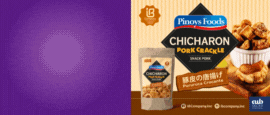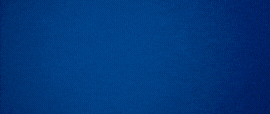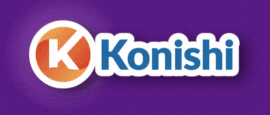Contouring has been a makeup technique long before Kim Kardashian became its poster child. Makeup artists used the idea of playing with light and dark shades to add dimension to someone’s face.
If you’ve seen how people do contouring on the Internet, it can get pretty wild:
Of course, not everyone is blessed with makeup skills that can create a flawless face instantly. So if you’re new to the makeup game and interested to learn contouring 101, here are some tips you should know:
#1. Start with powders.
Instead of immediately purchasing cream contour kits, opt for sculpting powders first. Powders are generally easier to use than creams because they’re easy to blend out, creating natural-looking chiseled cheeks. And if you’re not sure about your contouring skills yet, creams are pretty easy to mess up.
#2. Be smart about the sculpting powder.
Bronzing and contouring are not the same. Bronzing means adding a warm glow to your skin by applying it on your cheeks and forehead. Contouring, on the other hand, means creating shadows on the face to make it appear slimmer. Some bronzers can be used to contour, granted that they’re not:
1) too orange.
2) shimmery because that will defeat the purpose.
3) a neutral brown that will look good on any skin tone.
The best way to find out is to swatch these yourself and see how it will set against your skin tone.
#3. The secret is in the blending.
Makeup tools can make or break your contouring. We recommend using an ample-sized contour brush to apply your sculpting powder. Some brands offer contour powder brushes that are angled, while some look like medium-sized powder brushes. It’s a matter of preference, really. But because you’ll be using powder, it’ll be best to select brushes with naturally-derived hairs, because those pick up powders better. Finally, don’t forget to blend, blend, blend! No one wants to see harsh lines on the hollows of your cheeks.
#4. Know your face.
The placement of your sculpting powder is crucial, because it will definitely change your face shape. Locate the parts of your face where you will be applying your contour: hollows of the cheeks, jawline, and nose line.
#5. Match it with a highlighter.
Highlighting does the opposite of contouring: it brings out the features of the face rather than making it appear like it’s receded. Most sculpting powders come with complementing highlighting powder. If what you have doesn’t, there’s no need to buy—and use a champagne-colored shimmery shadow instead. Apply it on the high points of your face: on top of your cheeks, the bridge of your nose, and on your cupid’s bow.
Repost from Cosmopolitan Philippines





























You must be logged in to post a comment.